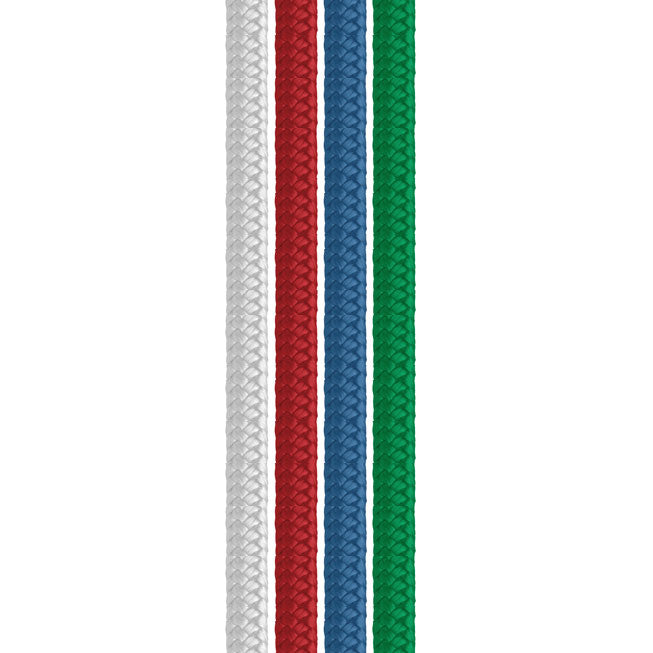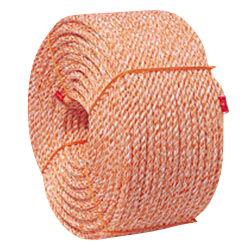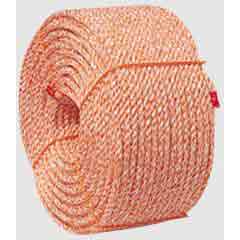Commercial Crab Lines / Crab Rope
24 products
Showing 1 - 24 of 24 products
Excellent retrieval crab traps, will not rot, and resists marine growth.
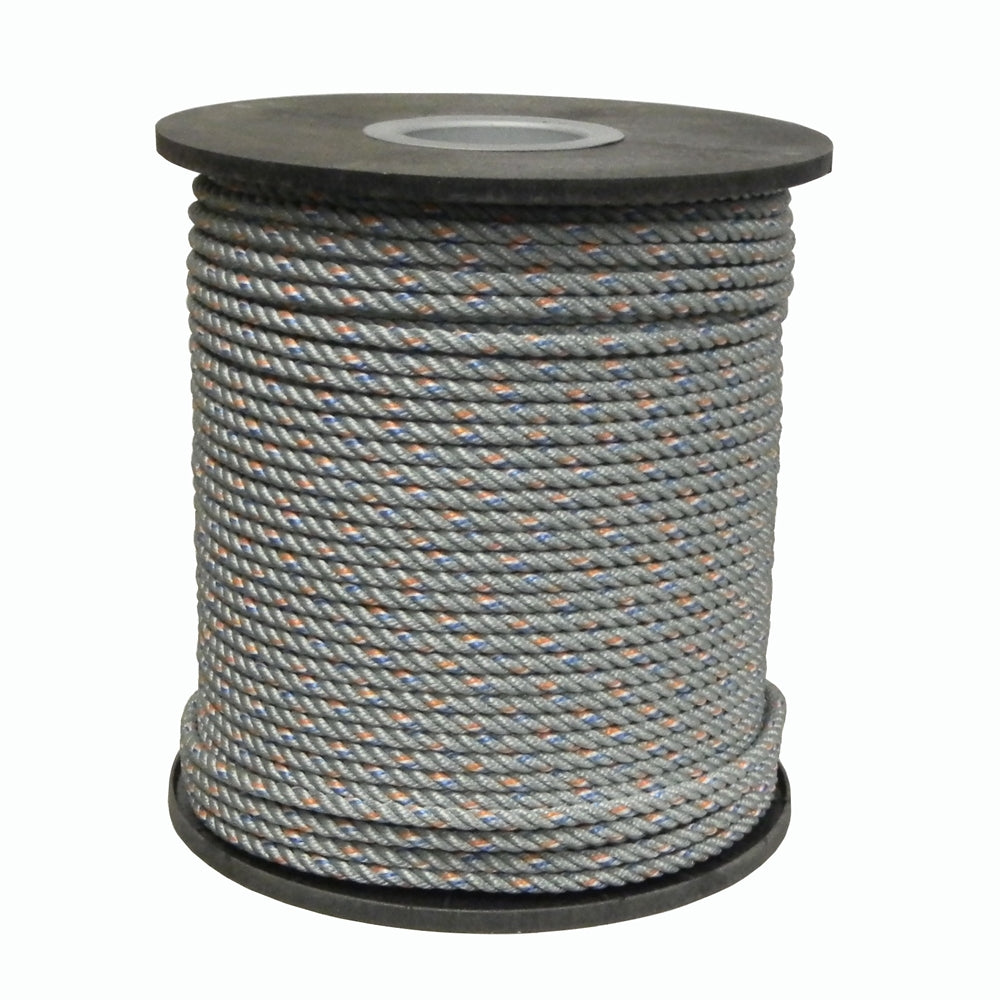
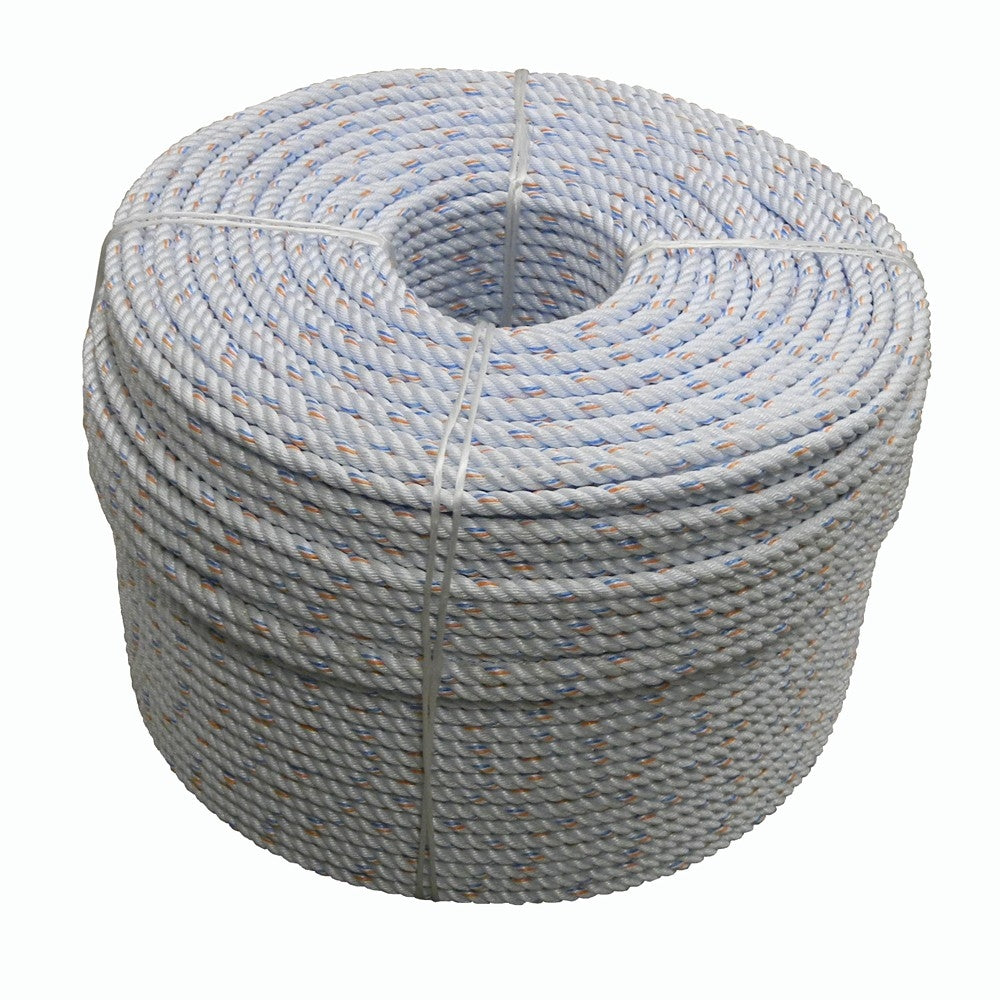

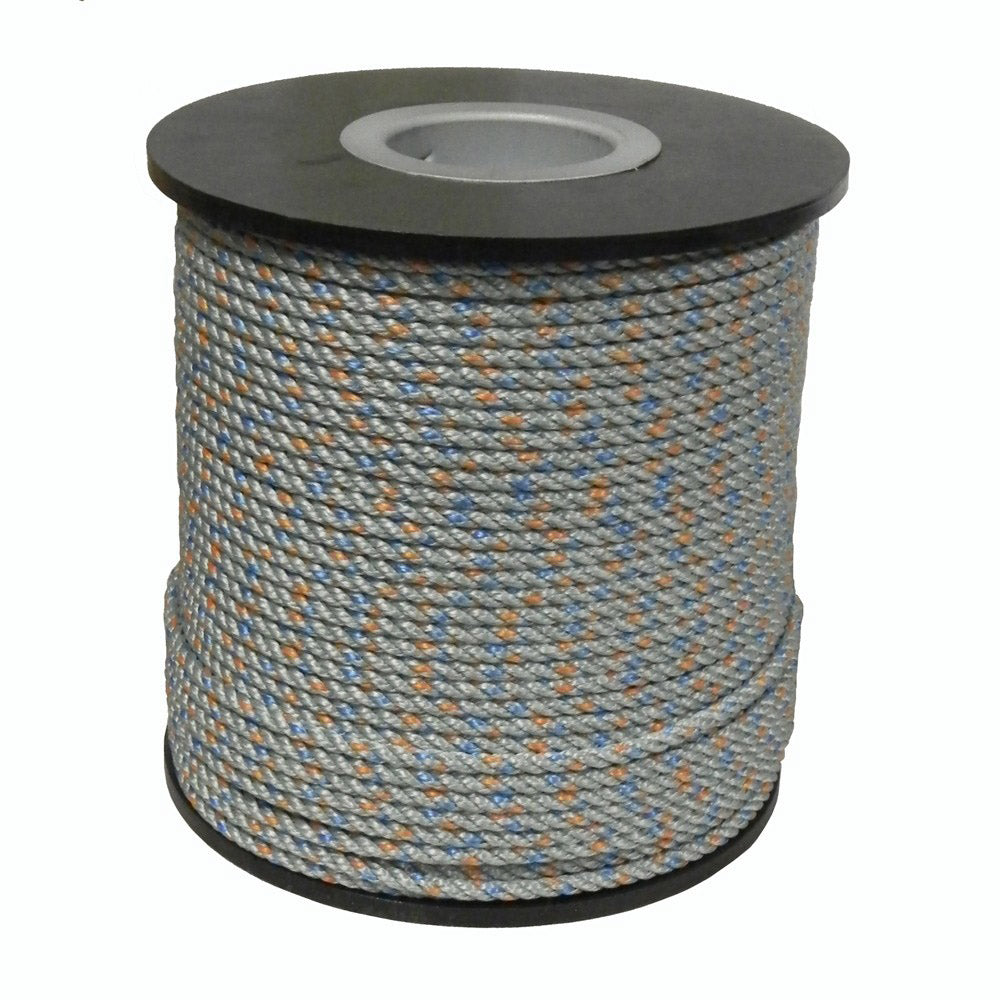
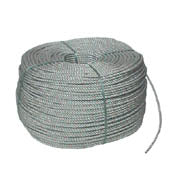
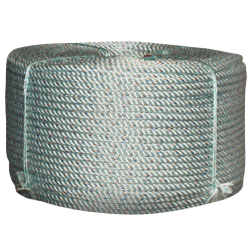
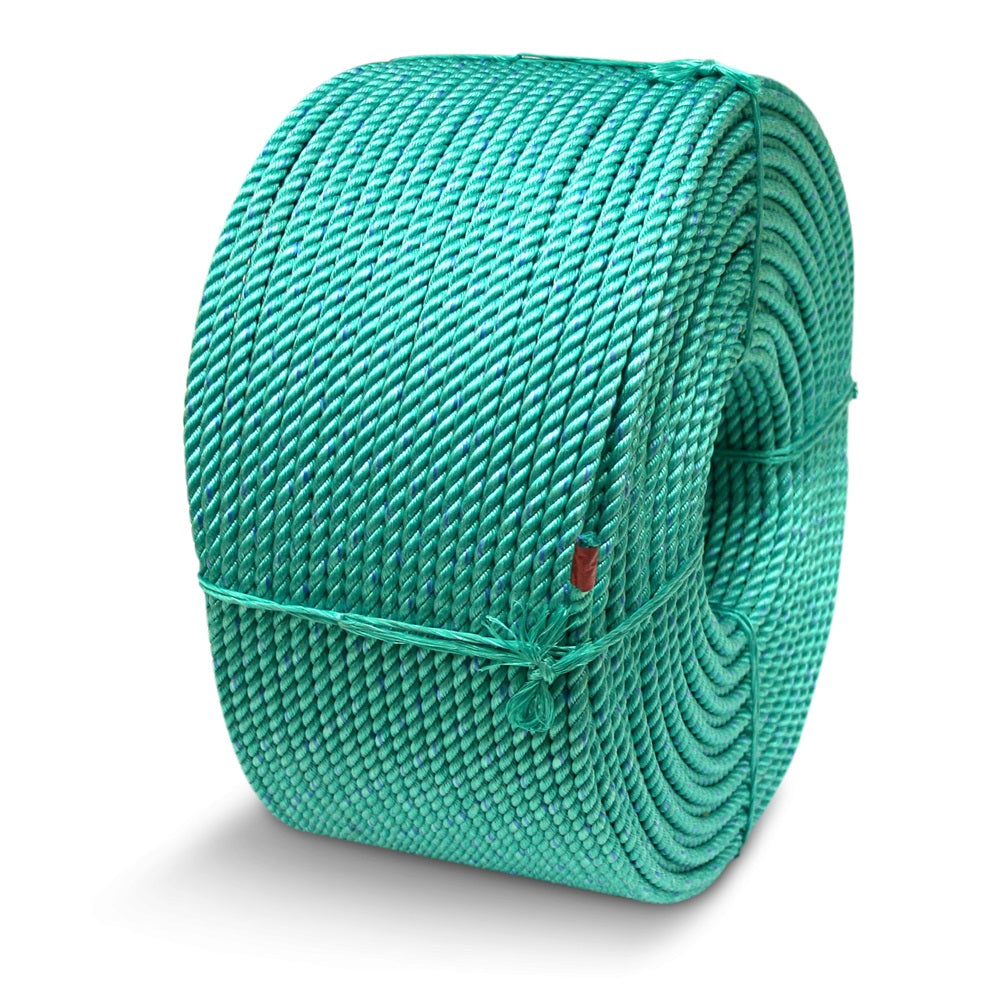
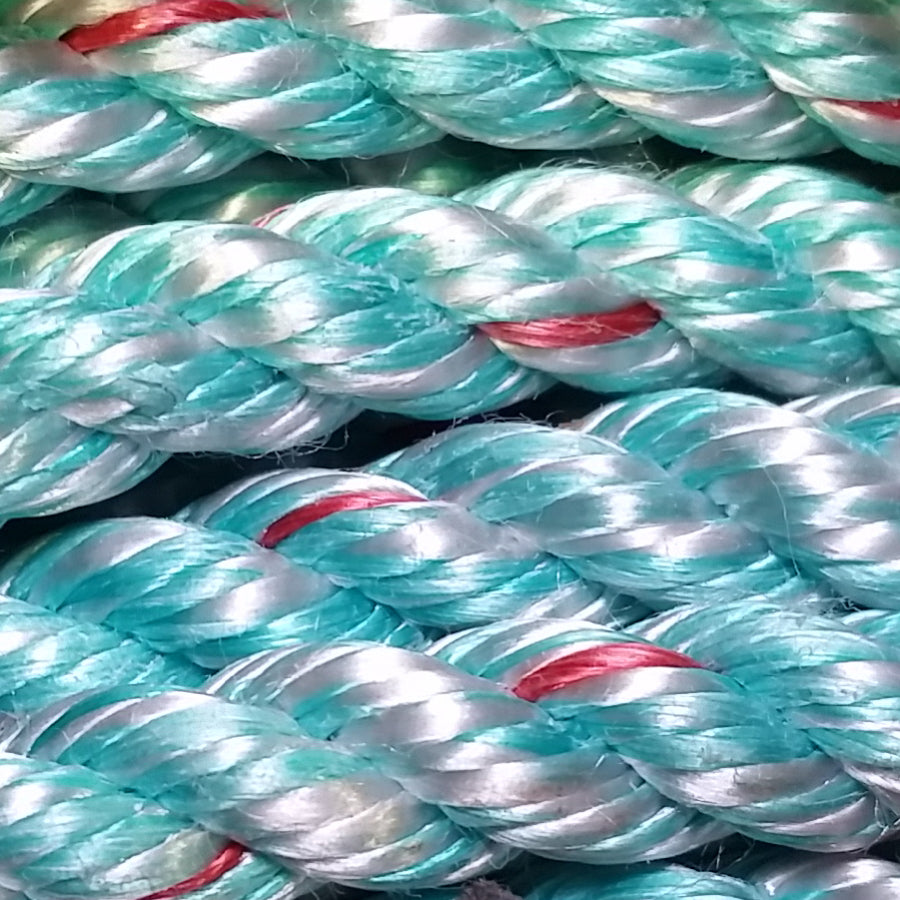
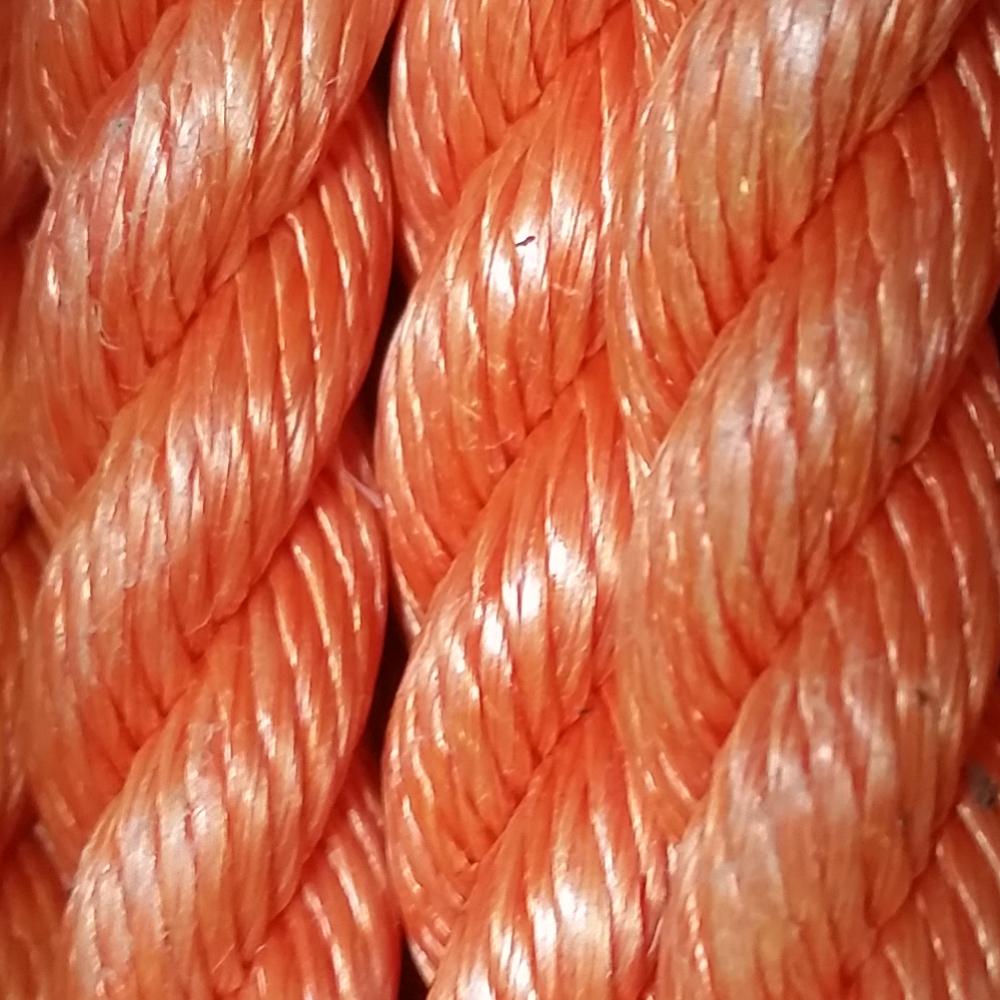
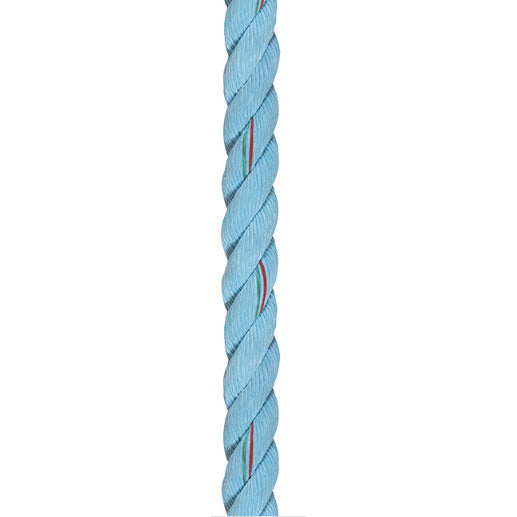
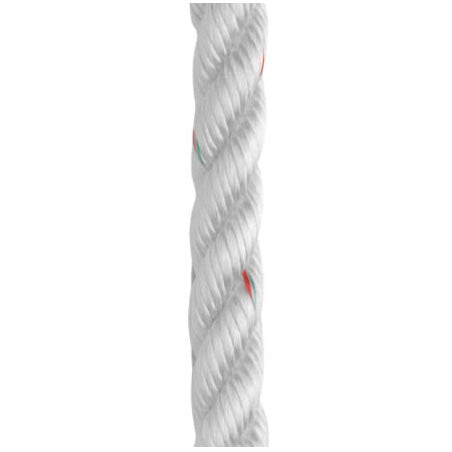
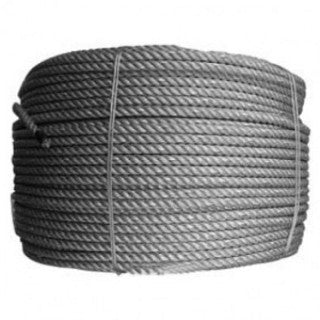
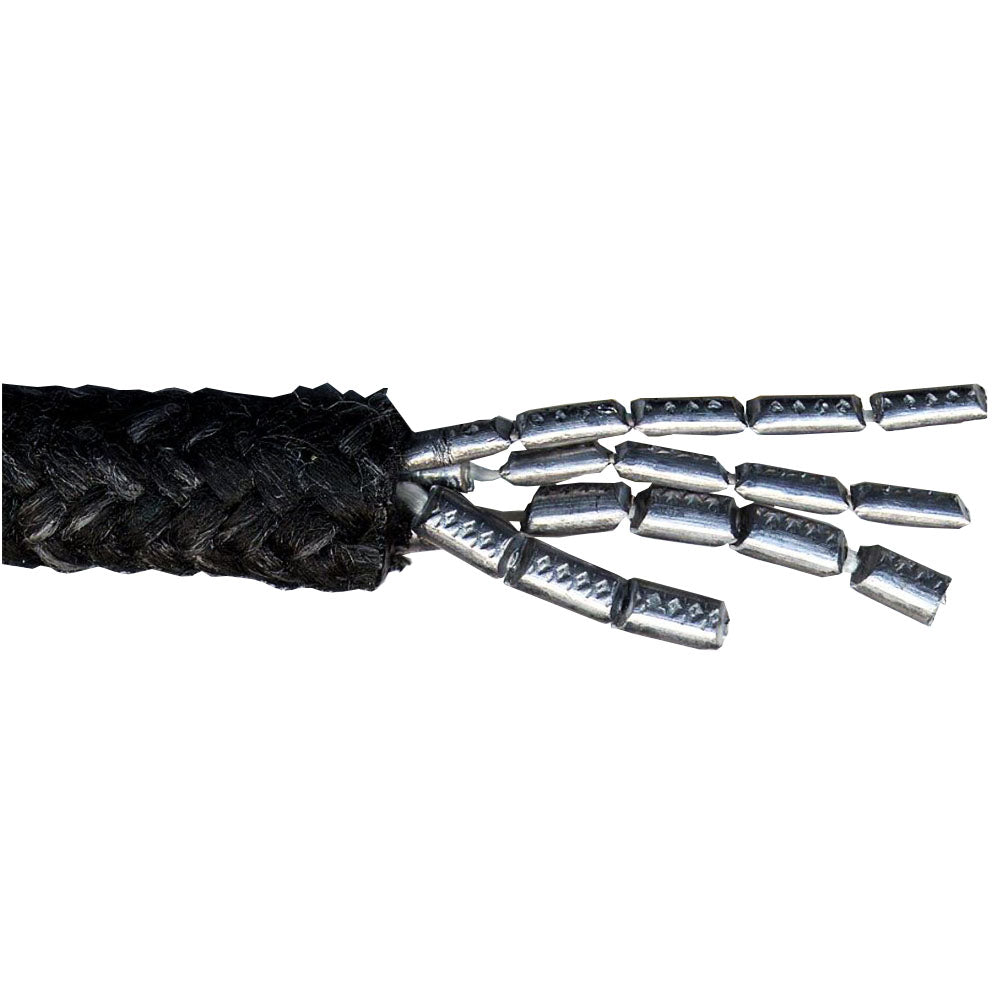
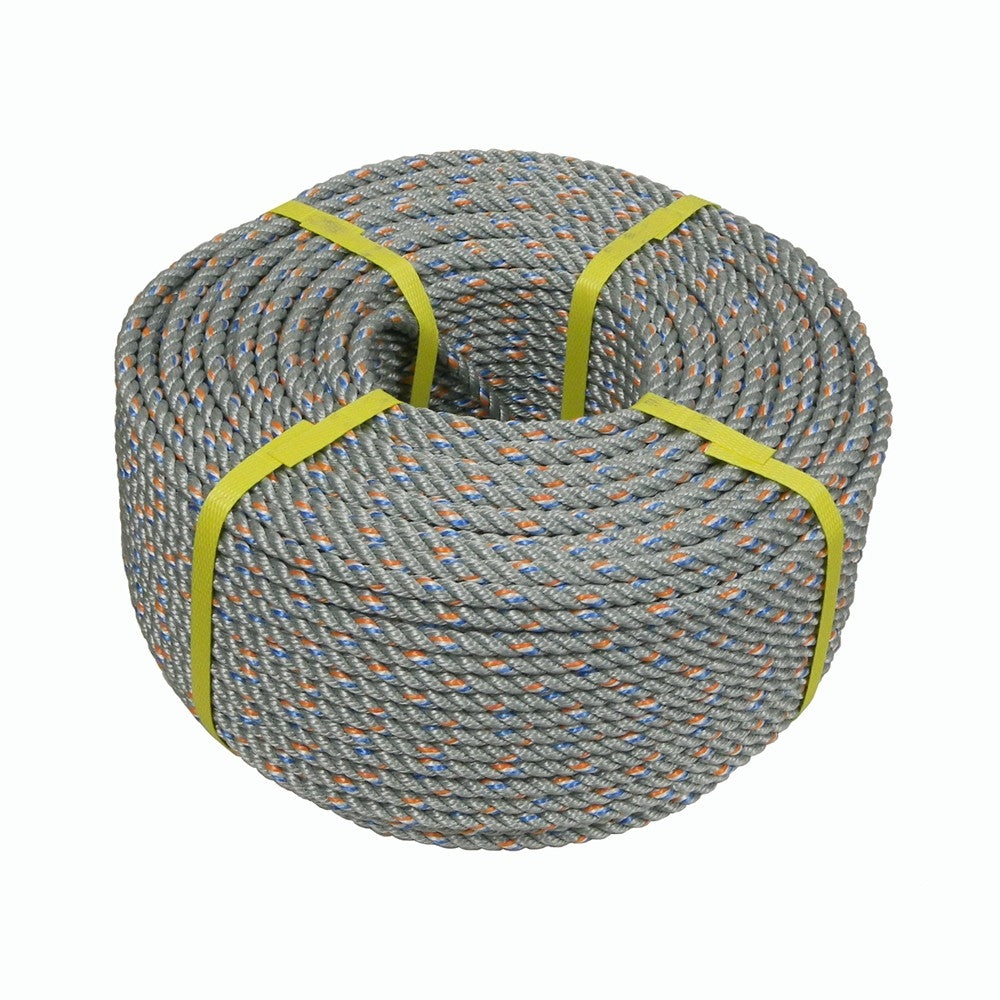
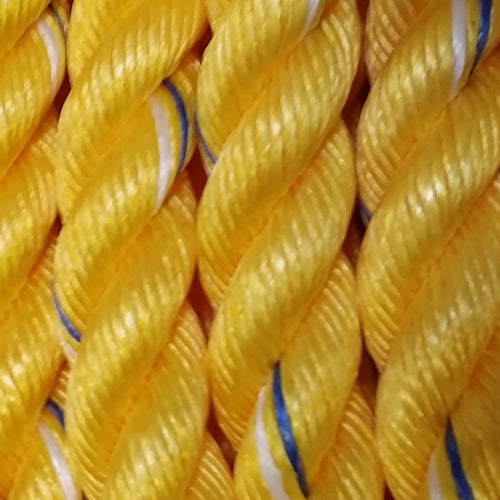
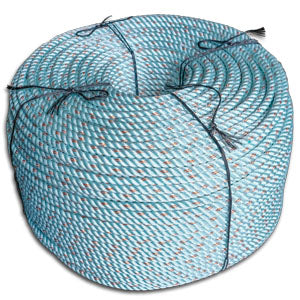
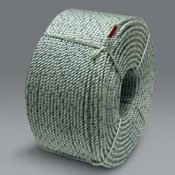
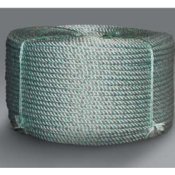
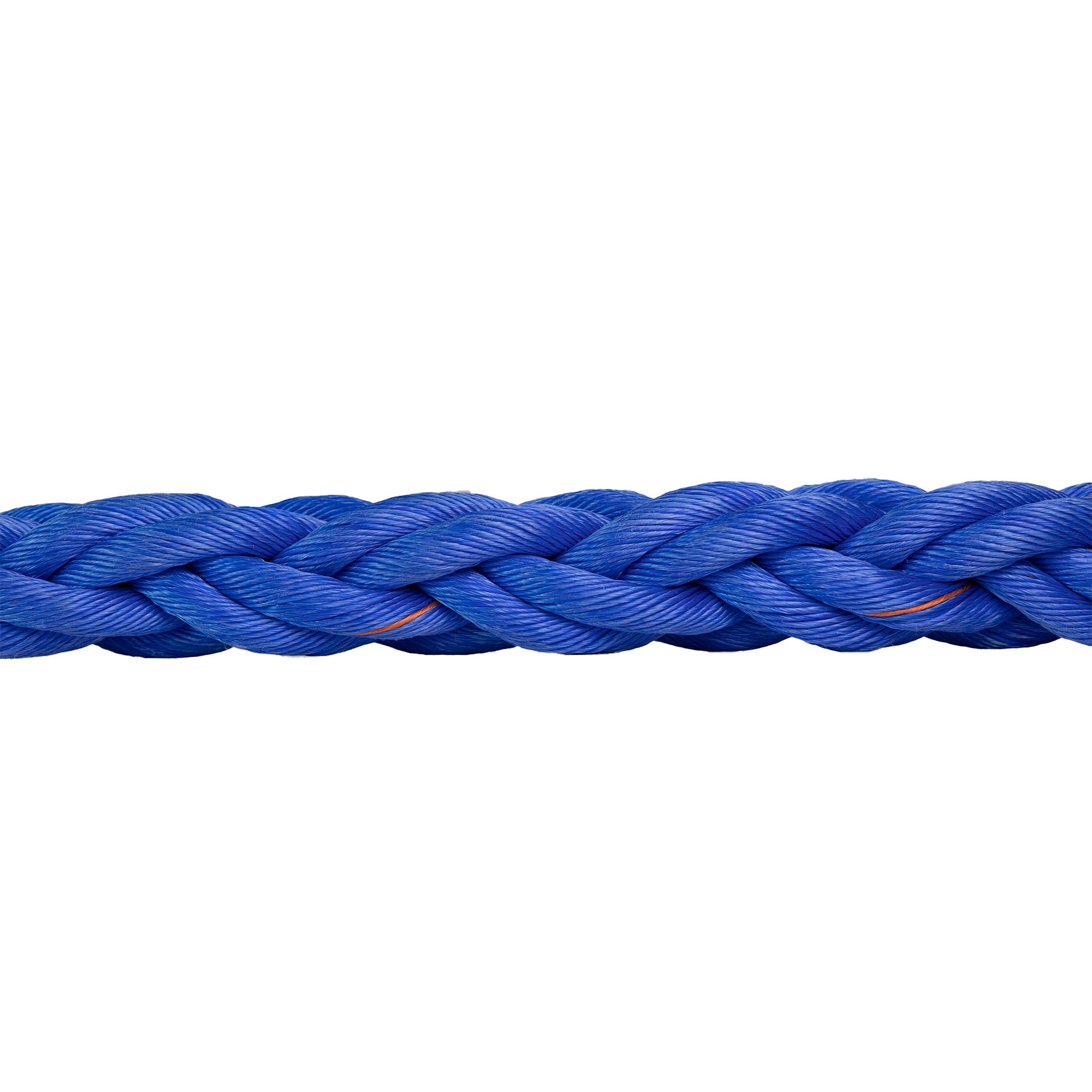
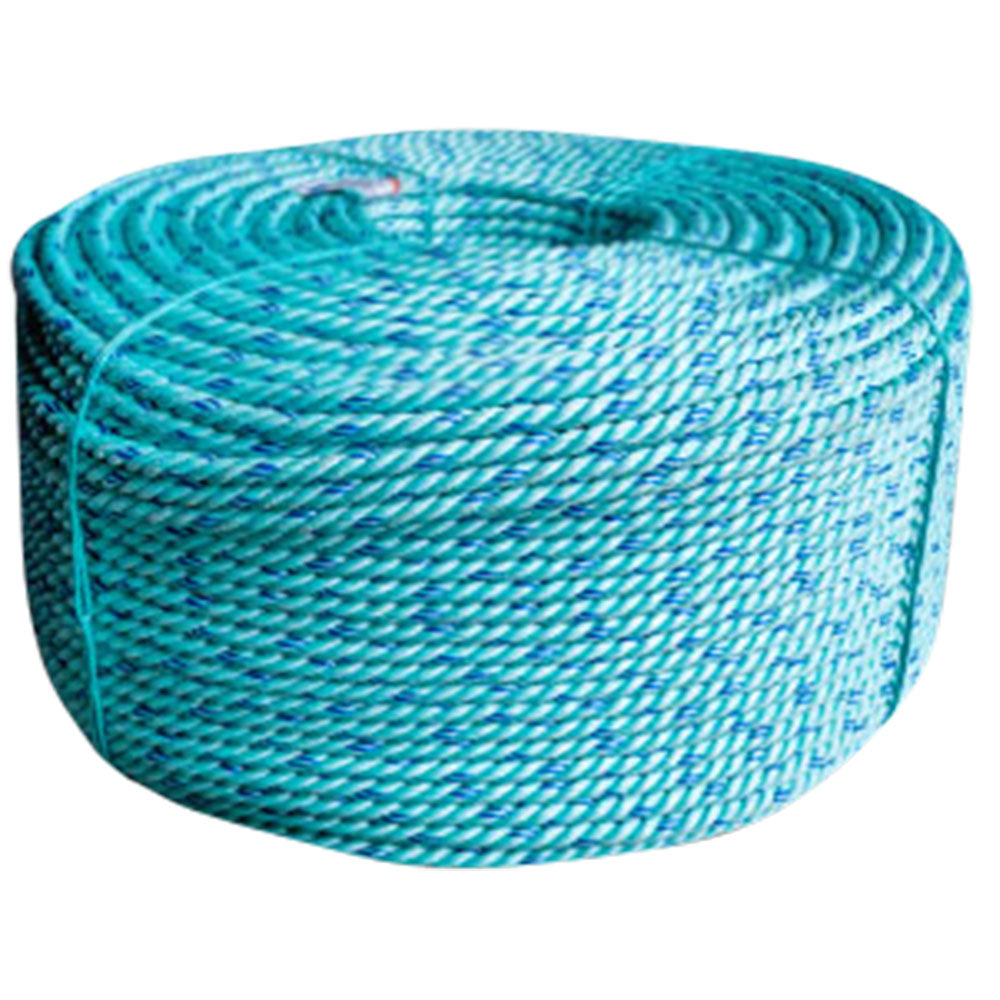
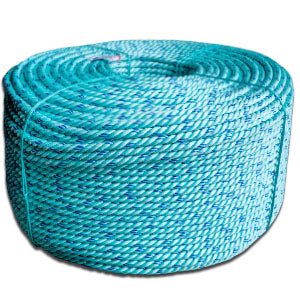
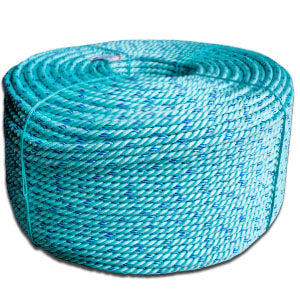
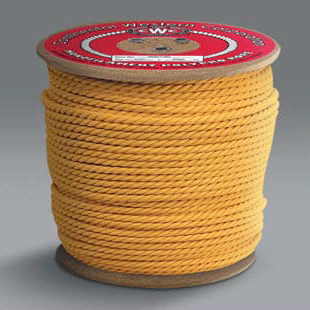
Crab Rope
It is rumored that crabbing or shrimping is the simplest type of fishing because one baits the trap, sets it, and leaves, only to return sometime later and collect the catch. If nothing else, it may be one of the best types of fishing for youngsters who have the attention span of a gnat. Although this might seem simplistic and even a bit dull, that little tingling thrill of anticipation as the crab rope is pulled and the trap gets closer and closer to the surface can turn to downright elation if the desired quarry is spotted inside. But as with any other type of fishing, you'll need the right gear.
Crab Pot Rope vs. Crab Trap Rope
The gear used for successful crabbing consists of a crab pot that conforms to the regulatory requirements of the region and a good-quality crab rope attached to a float. Laws vary from state to state regarding the specific requirements of the type of crab rope and other gear crab fishers can use, so be sure to grab a copy of your state's fishing guide or look up the regulations online before you go shopping. This can save you time, money, and who knows, perhaps even a day in court. The law usually shows little to no mercy when it comes to screwing up in regard to wildlife, even if the mistake was truly just that--a mistake--done in ignorance.
Crab pots are unique to crabbing and might look like shrimp pots, but they differ from shrimp pots in many ways. And even within this narrow realm, confusion sometimes reigns. That's because "crab pots" are also known as "crab traps" and the two terms are quite often used interchangeably. In some places, folks simply refer to any and all styles as crab traps. But there is a difference, albeit an annoyingly confusing one. Why annoying? Because the crab pots are designed to trap the crabs inside once they've crawled in. The crab traps, on the other hand, don't trap anything, at least not until you start to haul it up.
Wait, what? It's true, at least in some areas of the country. Well then, why call it a crab pot? Good question--perhaps when they were first invented, they were all round, like the pots their occupants end up in at dinner time. Whatever the reason, these crab "pots" now come in square, rectangular, and octagonal shapes, too. The great thing about these pots is that once the crabs crawl inside, they're trapped. Why these pots are not officially called traps remains a mystery. One exception to this, at least in the Pacific Northwest where the terms "crab trap" and "crab pot" are always interchangeable, is the very popular (and aptly named) Danielson Crab Trap.
Crab traps, on the other hand, are said to be those metal cage-like gizmos that open up and flatten out when they hit the sea bottom, making it nice and easy for the crab to waltz on in and attend the buffet dinner placed in the middle. The hope is that about this time, you decide the bait and trap have been soaking long enough and you start hauling on the crab trap rope, at which point the sides raise up, trapping the crab(s) inside what has now become a crab elevator to another world. Still, the tasty crustaceans are not really trapped until they're on their way to their new (ahem) home, so maybe these types of "traps" should have been called crab pullers.
Another type of crab "trap" is the ring, commonly called a crab ring or ring trap. Like its brethren the metal flat-lying cage, these rings lie flat on the bottom, trying to look innocent as they present their catered crab banquet. These are the simplest and cheapest crab traps. Two metal rings are tethered together, and netting covers both rings. When the trap is resting, it lays flat on the sea bottom. When it's pulled up, the outer ring rises above the lower ring, which creates a wall around the inner ring. The problem with this is the crab can swim out. How is this a trap? It really isn't. To get your catch to the surface you must pull very fast, which is why this type of "trap" is best used in shallower water.
That's not to say that these two types of traps don't work. They do. They work so well in fact, that many people prefer them over the crab pots. This is because unlike the pots, which were designed to be dropped and left for hours or overnight, the collapsible metal cage trap and the ring traps were designed to be dropped for very short periods of time. Some experienced ring crab fishers say no more than twenty minutes per dunk. This could be the perfect type of crabbing for those little folks with the notoriously short attention spans--kids.
Best Rope for Crab Pots
But whether you opt for a "pot" or a "trap", you still need some good crab pot rope (or crab trap rope, if you prefer) before hunting for your dinner. Regular old rope from a hardware store won't cut it--although it may well get cut to ribbons on rocks and barnacles if you try it. Crab pot rope is special and designed for crab fishing and for the marine conditions, yet even so, you'll find a plethora of it out there to choose from, because one crab trap rope is not suited to all conditions. So, if you're not experienced at this type of fishing it's hard to know what's the best rope for crab pots.
Typically, a crab rope starts out as a weighted rope or a sinking crab rope, which often has a small amount of lead threaded into it. This leaded rope for crabbing is attached to a float on the surface and sinks down to prevent the crab line from floating around when the tide changes or worse, possibly getting tangled in the propeller of a boat. Then it is attached to a section of crab rope that is neutral buoyancy and finally to a floating section. The floating section of crab line is attached to the crab pot; this is to keep the line off the ground and prevent it from being tangled on rocks.
The crab line is attached to a float or buoy, and like most of the rest of your crab gear, these are subject to the local authorities regarding size, color, shape, and probably whatever else they can think of. So as with everything else, make sure you've read up on your local crab fishing regulations before the big shopping trip and especially before the big gear drop. It's a good idea to use two buoys set about 4 feet apart; that way, if one gets pulled under by a strong current, it's highly unlikely that the second one will be as well. That said, if you're still wondering what rope to use for crab pots, a couple of good places to start are with the Samson and Continental Western companies. If you're going to be hauling your pots up by hand, most crabbers prefer 3/8" diameter crab rope, as they say it's much easier on the hands than 1/4". Otherwise, a pot puller will make crab fishing easier than ever, and depending upon the puller, you won't be limited to one size rope.
Other Crab Gear
There are also a few items required for crabbing such as a measuring device, because only male crabs of a certain size or larger are legal to keep and anything smaller must be returned to the briny deep. Another must-have item is a bait cage, a.k.a. bait box. Okay, you can go crabbing without one, but what a pain to tie slippery pieces of chicken or turkey to the wire or netting each time you toss out your trap. Besides, doing it this way will mean that you will soon have no bait left, as there's nothing to prevent hungry crabs from feasting to their heart's delight on every bit of your offerings to the point where you pull up your traps only to find a few bones picked good and clean. With bait boxes on the other hand, crabs only get a few tantalizing tidbits that float out here and there, making them crazy for more, and the pieces they miss float away and lure their friends in, besides.
This goes for bait as well. There is something to be said about local knowledge, but many commercially available baits like Pautzke have a good track record of performing well. It's not unheard of for crab to go for shrimp bait, in fact! Also, some Dungeness crab fishers swear by Smelly Jelly, made by Gunarama. But not just Smelly Jelly alone. They either use a cheap flavor injector to inject the stinky stuff into chicken or turkey meat, which then oozes bit by delicious bit back out of the meat and drives the crabs nearly to a feeding frenzy. Or they simply shove the jelly underneath the skin. Bits of it can come out from underneath with this method, but some crab fishers go a bit further and poke holes in the skin, giving the Smelly Jelly many exit points.
There's nothing like fresh crab dunked in warm garlic butter, omelets made with just-caught crab, or crab cakes, or...the list could go on and on. Crab is not only delicious but also healthy, yet at the price per pound these days, it's also pretty much unaffordable for many. But it doesn't cost an arm and a leg to get the basics needed to get started catching your own fresh crab, and it won't take too many of them before they've paid for the gear! You don't even need to own a boat. Sure, it's helpful, but not necessary as crabs can be caught from your local docks. And it can be a fun activity for the whole family--even the kids will agree it sure beats a trip to the grocery store or seafood market for dinner.

